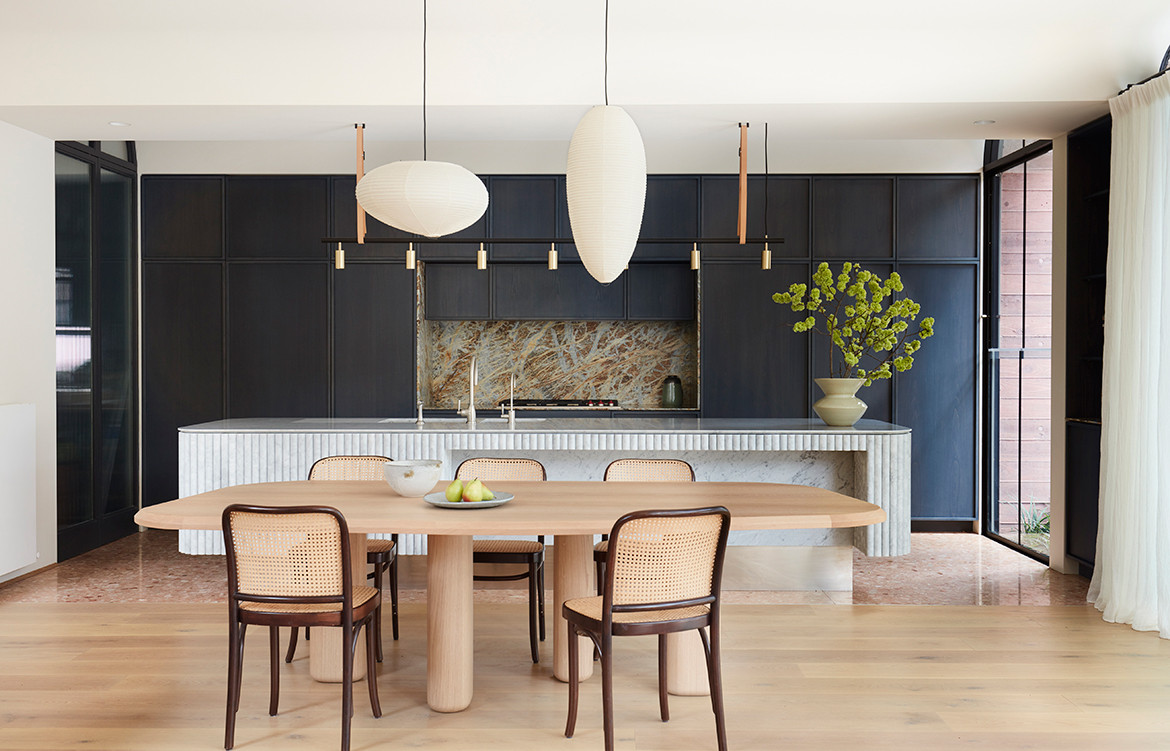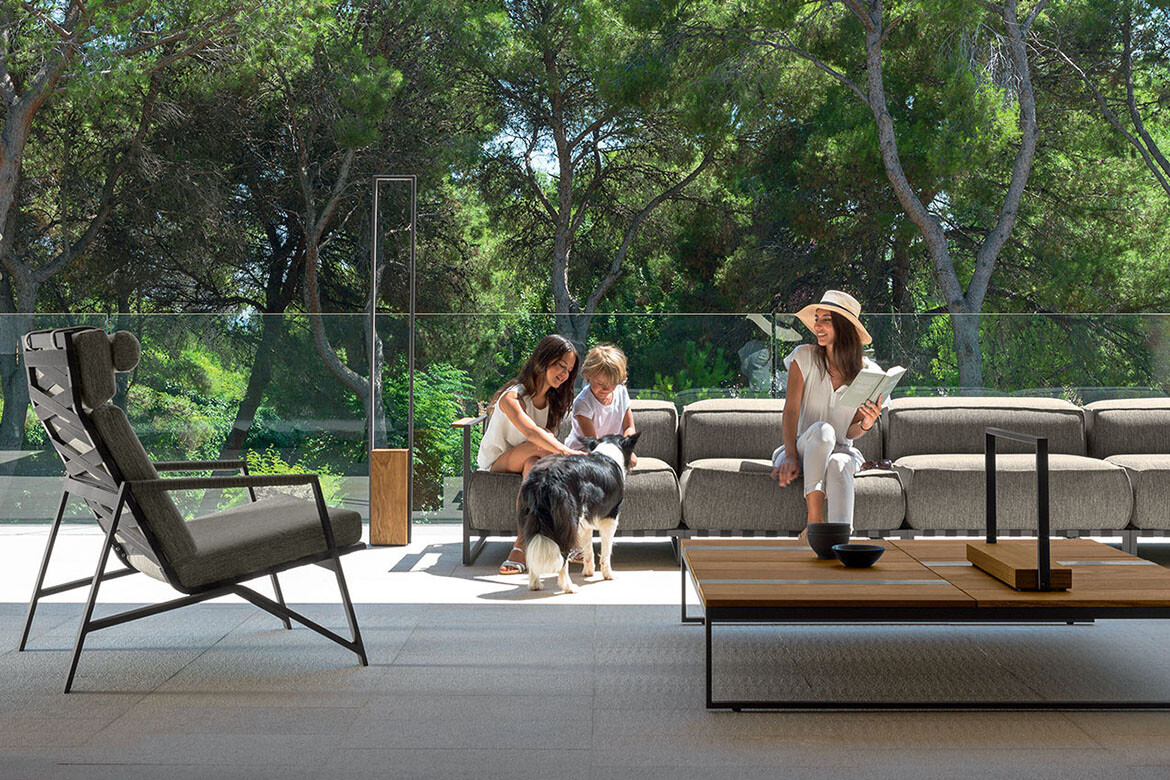“In talking to the design community and our customers, we realised that there was a opportunity to create an alternative to our standard contemporary oven design,” says Adam Moody, industrial designer at Fisher & Paykel.
“This project was our chance to take the existing design a step further, and create an entirely black product that would sit beautifully within a highly contemporary, design-forward kitchen space.”
The new black oven series from Fisher & Paykel has been created with architects and true design lovers in mind. Using the brand’s renowned wall oven technology as the starting point, the Fisher & Paykel team went on to redesign the aesthetics and feeling of using the appliance. The result is an oven that functions aesthetically within design-forward kitchen spaces, while continuing to provide the high-quality cooking performance for which the brand is known.
The design process
Compared to refrigerators and dishwashers, ovens and stoves are two appliances that can’t be fully integrated into cabinetry – but this doesn’t mean they cannot be redesigned…
“We had an initial version of a black oven that had already been received well by designers, but it was only a halfway step,” says Moody “Some stainless steels elements like the handle and dial were still in place, and they contrasted with the black glass. In the new oven, the glass and other elements are all black.”
The aesthetic difference
When taking in the whole aesthetics of a kitchen with these ovens, the design implies a minimalist charm, appearing almost as a glossy black cube, but when you look closer, the details reveal themselves. Subtle, layered flourishes like the brushing on the handle and control panel, the way the light reflects off the crisp edge on the metal components, and the fine, turned machining on the dials show that this is an oven that speaks to the design aware – the experience of using the oven feels special.
The user interface stays almost invisible until it is activated, hinting at the possibilities rather than blaring them.
“Architects and designers are particularly excited about these new products, because the black finish allows the appliances to visually recede into the kitchen space, and exist very quietly,” says Moody. “The restrained material palette doesn’t compete with other finishes and colours in the overall kitchen design.”
The beauty of the monochrome appliances is that it works well in a variety of spaces. While it complements a growing trend for darker kitchen finishes, the oven also works beautifully alongside natural wood. It can be intentionally used to provide a contrast or stand out against a lighter kitchen environment.
Carole Whiting’s Melbourne Warehouse
For designer Carole Whiting, a crisp, monochrome palette is a trademark. She works these materials and tones into an inviting sense of understated warmth for any space.
Here, in her own apartment — a warehouse conversion in the South Melbourne CBD — she developed a kitchen within the context of a wider renovation that aimed to return the space to its former industrial aesthetic.
The open-plan space was designed as a single, visually cohesive project that includes the kitchen, dining and living areas. The kitchen itself was designed to sit lightly within this mostly black and white landscape, so it didn’t feel separate to the rest of the footprint.
“It was a project from the 90s and looked more ‘townhouse’ than warehouse,” says Whiting. “My aim was to convert it back to a more industrial feel. I designed the kitchen to blend into the open-plan living and dining space, without appearing too domestic or operating as a separate workspace.”
With the stripped-back design in mind, the architect hid the dishwasher behind one of the white larch cabinets, and a slim, integrated fridge-freezer behind another.
“Previously, I have had Fisher & Paykel French-door refrigerators in my homes, but this model not only allowed me to keep the lines in the joinery to a minimum, but it seems enormous inside,” says Whiting.
Unusually, given the kitchen’s relatively small size, she chose to install two black ovens. “I don’t cook much at home these days, because my children aren’t at the age where they need constant feeding,” she says.
As well as being an exercise in self-imposed design limitations, this kitchen was constructed on a particularly tight budget and schedule, says Whiting.
“I like to challenge myself to keep both materials and palette minimal. Here, the main concept was to have as little visual disruption to the other living areas of the home, while creating a highly functioning kitchen. The simplicity of the palette and materials, and a purity of form was the overriding theory for me, and it has resulted in an elegant, light-filled, working kitchen.”
Fisher & Paykel
fisherpaykel.com










